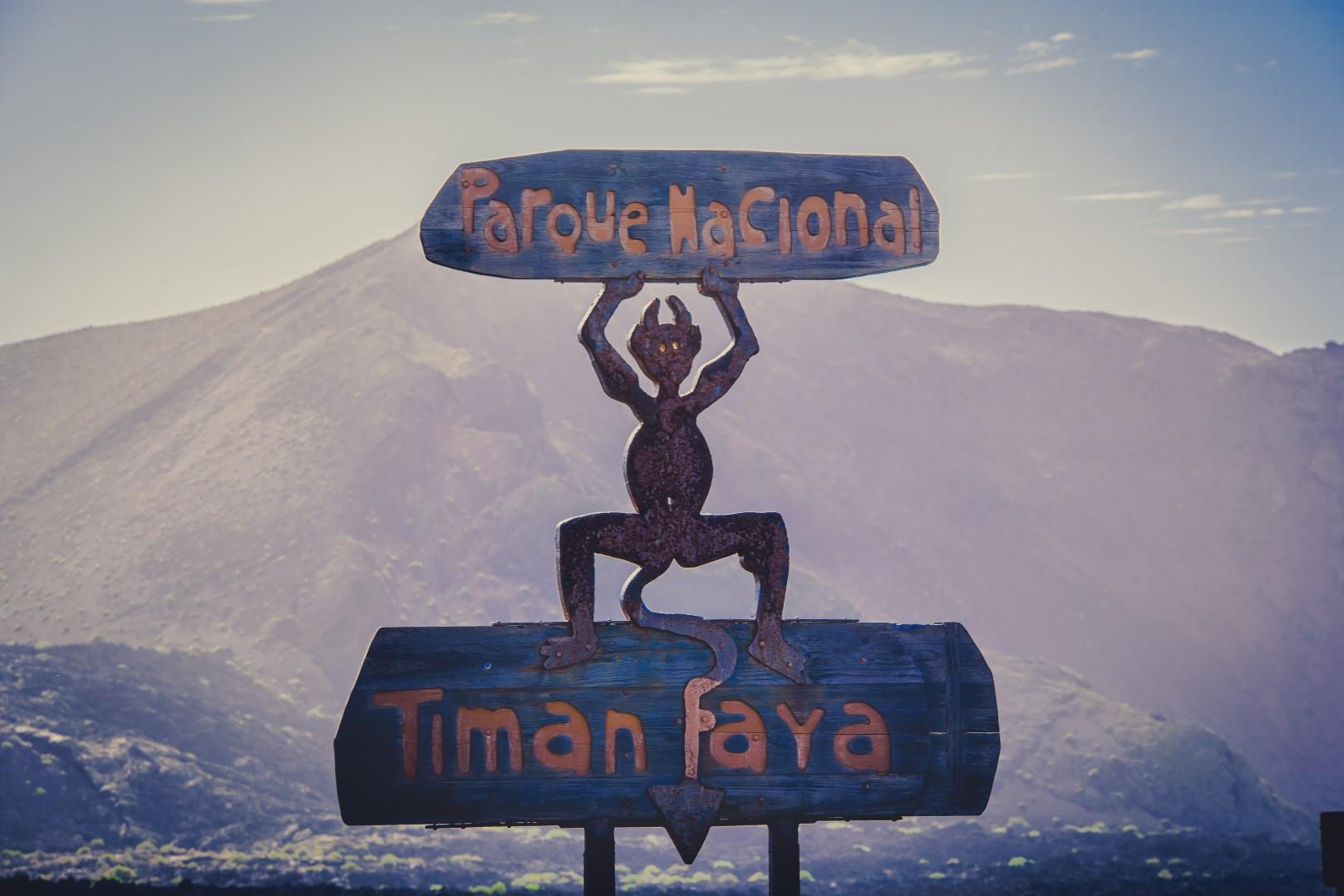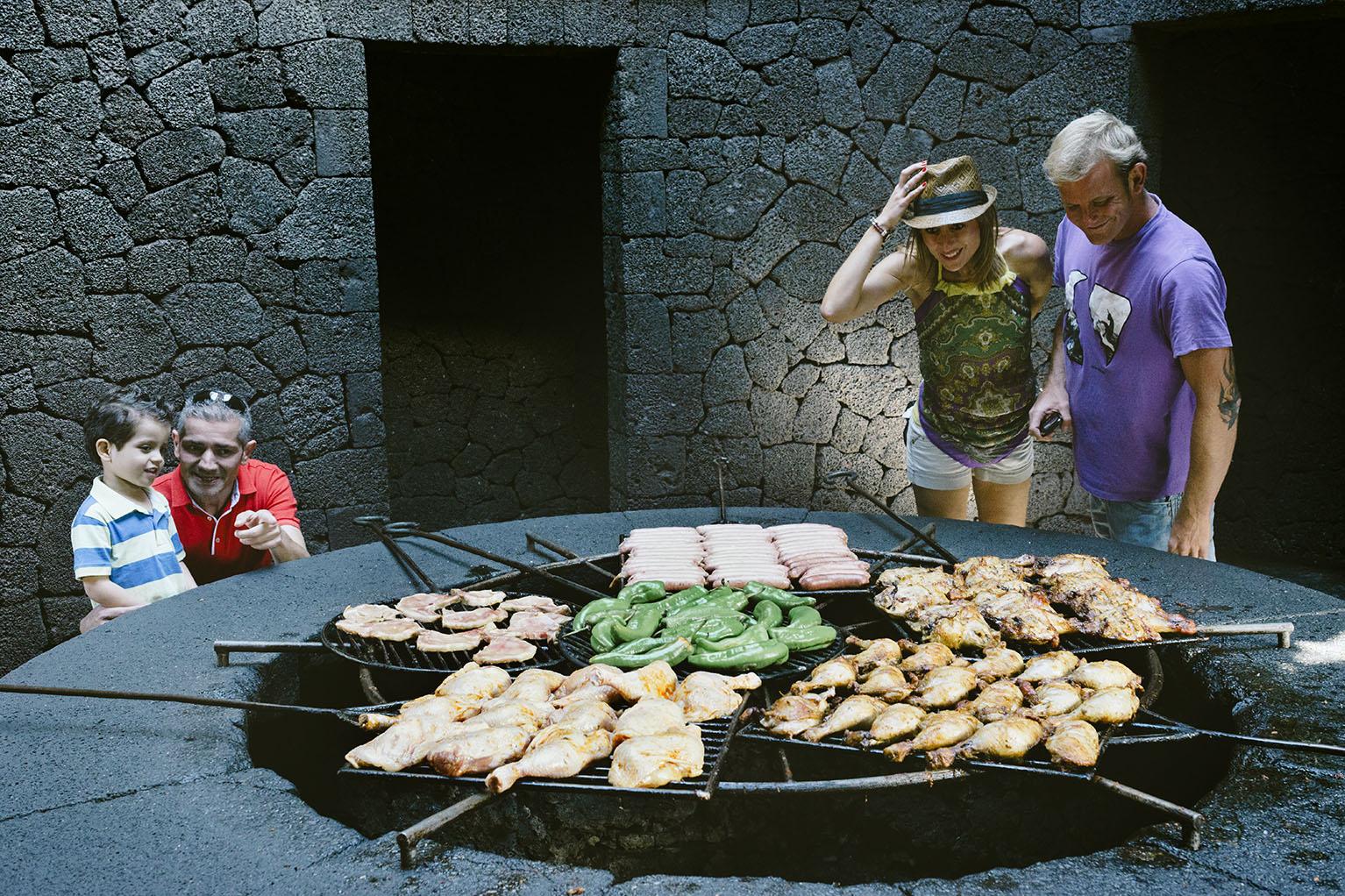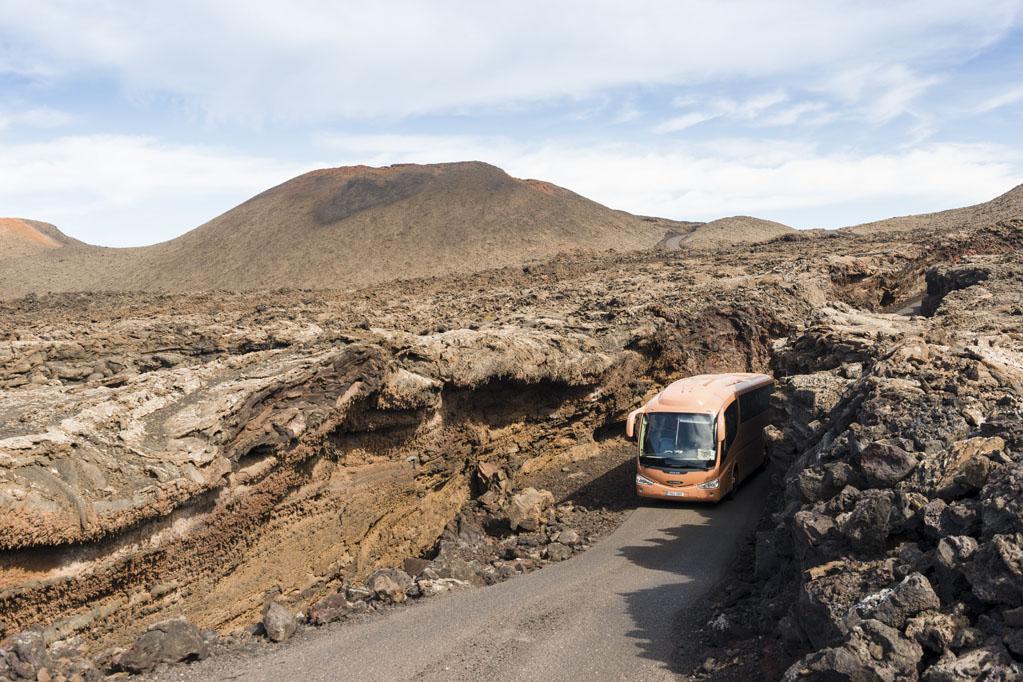Geysers (air)
Geysers (air)
At this stage, you must have already seen the demonstrations around Islote de Hilario. These thermal anomalies reach temperatures of more than 100ºC, and up to 277ºC only 10 cm deep. But, what if we kept digging?
This is a type of sounding that consists of hollow iron tubes whose lower end is closed. The temperatures registered in those tubes ranges around 388ºC at 7.5 m deep.
And why does water behave that way?
The iron tubes are buried vertically at a considerable depth. The transmission condition of metal contributes to them heating up, so much so that when we introduce water into them, the contrast of the temperatures make it quickly spit out steaming at great speed!
Have you not been able to take a good picture? Let’s watch the guard of the Timanfaya and count to three once the water has opened, this time we will get it!
Our staff have studied the behaviour of geysers for years, and they know perfectly well the estimated waiting time and how to look after the tubes. Too much use of them can make them go cold, but do not despair, in a few minutes they reach high temperatures all over again. These contrasts sometimes make the metal dilate and crack, and some gravel (volcanic ash) falls on the inside. Let’s trust these guards of fire, who truthfully maintain the Islote de Hilario alive.
The largest sounding ever done in Islote de Hilario is at the beginning of Ruta de Los Volcanes and it is not used to generate geysers. It is a tube that is submerged 13 metres under water. There are 2 fixed thermometers installed to register the temperatures in real time, reaching 610ºC. The data is checked periodically by the National Parks Autonomous Agency (OAPN) and the M.N.C.N. (National Museum of Natural Sciences), part of the Spanish National Research Council (CSIC).
Do you still not know our natural furnace? If we head towards the restaurant, you will see the secret of the El Diablo “kitchen”.











There are no comments
Please log in to post comments